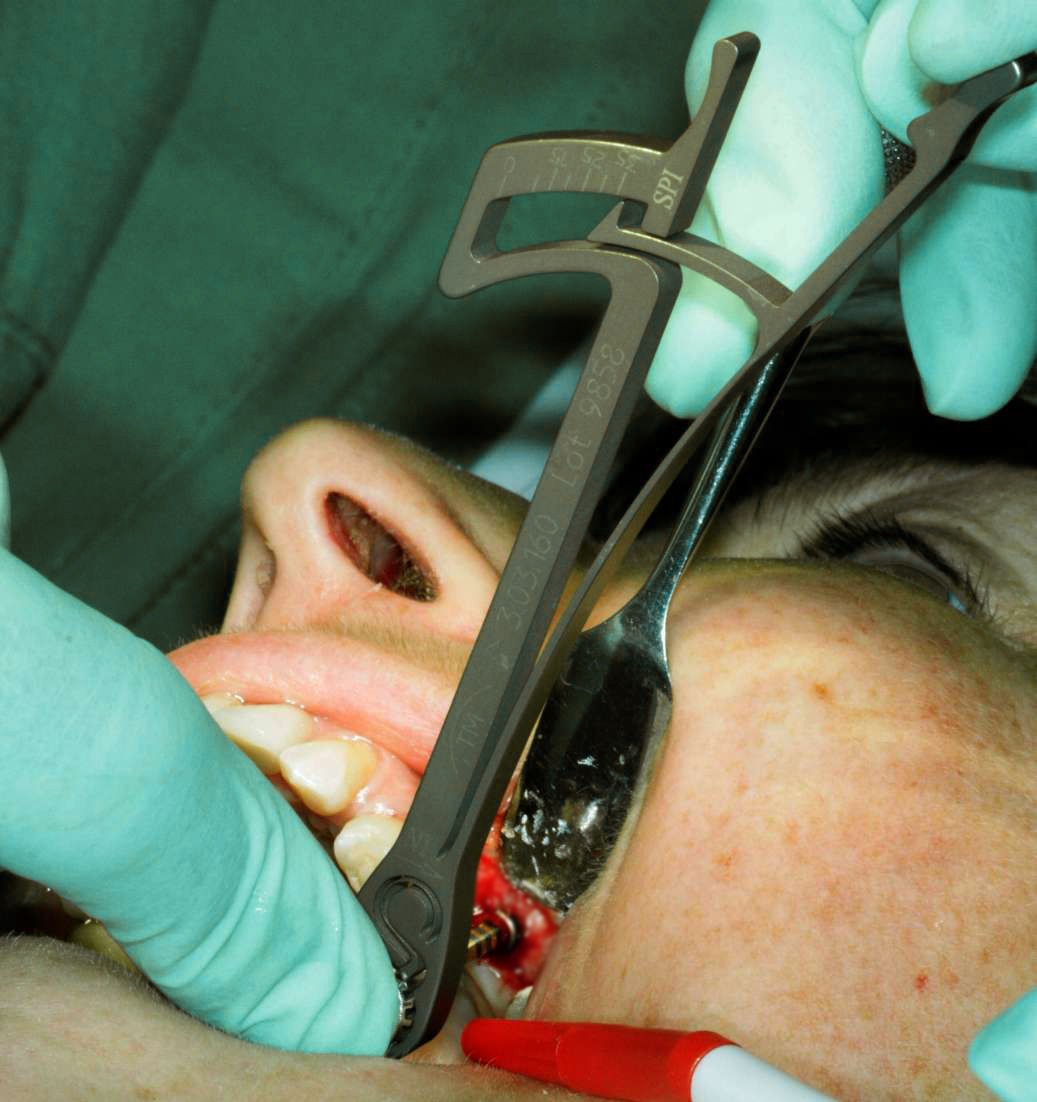
Today, the surfaces of implant systems improved particularly in speed and quality of osseointegration. Also, a rethinking is necessary for implantologists considering the actual scientific and clinical perceptions.
An open, transgingival healing with physiological overload might bring a significant effect in bone stability by adjusted trabeculaes which can better absorb the forces directed on the implant. This approach would outclass a closed healing by far in terms of bone morphology and soft tissue stability. Be careful as overloading the implant unphysiologically can cause an implant loosening.
Statements about primary stability can easily be made when the handler measures and records the insertion torque of the implant.
Insertion torque >30 Ncm / ISQ*-value > 65
Is the insertion torque higher than 30 Ncm, the final abutment can be fitted during the same session. Provided a hybrid-abutment is on-hand, as for example the LTS-BASE® connected with the appropriate adhesive body. Abutment and implant can already be chosen during the planning phase at the digital volume tomography.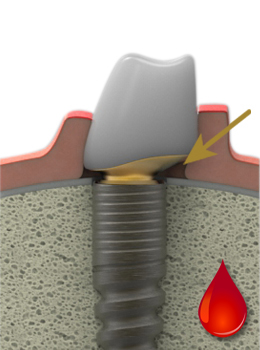
at the time of implantation

After osseointegration the abutment may be ground intra-orally like a natural tooth and can be moulded in a conventional way (closed). We call this technique “One Abutment – the first time”. In this procedure the final abutment will be inserted as early as possible. So, the soft tissue can grow together with the NCW-surface of the abutment and has a maximum long-term stability.
Also look at: clinical pictures
Insertion torque 20-30 / ISQ*-value 60 – 65
If the bone quality is reduced and the insertion torque is between 20 – 30 Ncm, the tongue and cheek pressure could be too strong for the final abutment, and thus osseointegration is prevented. In this case the use of a healing cap (gingiva former) is indicated. It almost covers flush with the gingiva and protrudes only slightly above the soft tissue. Tongue and cheek pressure stay low, so the stress at the implant is kept in the physiological range.
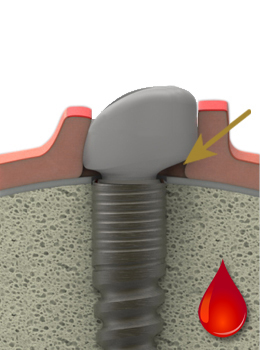
at the time of implantation

After osseointegration of the implant the healing cap is removed and replaced by a LTS hybrid abutment in the same session. The healed soft tissue complex remains stable and unchanged through its congruency in shape. Finishing may be done immediately, and the preparation margin may be fixed epigingivally. The risk of cement leftovers in the sulcus is almost excluded. Previous implant moulding can be dropped completely. By moulding at abutment level all fitting inaccuracies between abutment and implant are balanced.
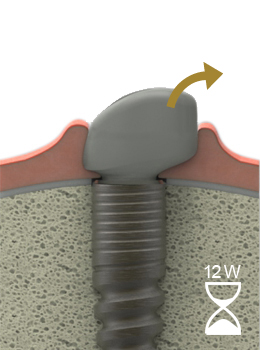

Insertion Torque < 20 Ncm / ISQ*-value > 60
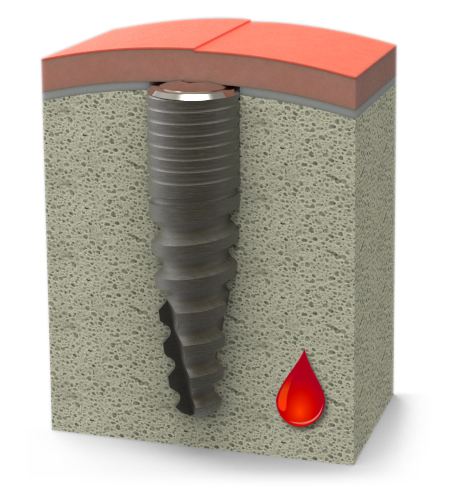
In all situations where bones were augmented and no sufficient primary stability could be maintained, insertion torque will then be significantly below 20Ncm, we recommend conventional closed healing of the implant.
„One Abutment – one time“ conception by Zimmer DentalTM
This is only for your information. We want to give a short introduction into the “One Abutment – one time” conception that was developed by Zimmer Dental company. At the time of the exposure a final, rotary-symmetric abutment is applied which should not be removed, and will be moulded by means of a transfer cap, having subgingival preparation margins. Individualization is not possible in this case. External link One Abutment – one timeTM (PDF)
Current scientific studies on the topic
Post-extraction socket implants: Part 1 – The effect of bone grafting and/or provisional restoration on facial-palatal ridge dimensional change: A retrospective cohort study; Tarnow DP, Chu SJ, Salama MA, Stappert CFJ, Salama H, Garber DA, Sarnachiaro GO, Sarnachiaro E, Gotta SL, Saito H: Int J Periodontics Restorative Dent 2014 (in press – IJPRD May 2014)

- Conclusions:
- 1. Flapless tooth extraction
- 2. Screw-retained PR
- 3. Place BG to FGM the ‚prosthetic socket seal‘ seal
- 4. Clean abutment prior to insertion
- 5. Do not disturb for 3+ month healing time
Maxillary anterior papilla display during smiling: a clinical study of the interdental smile line; Hochman MN, Chu SJ, Tarnow DP.: Int J Periodontics Restorative Dent. 2012 Aug;32(4):375-83.
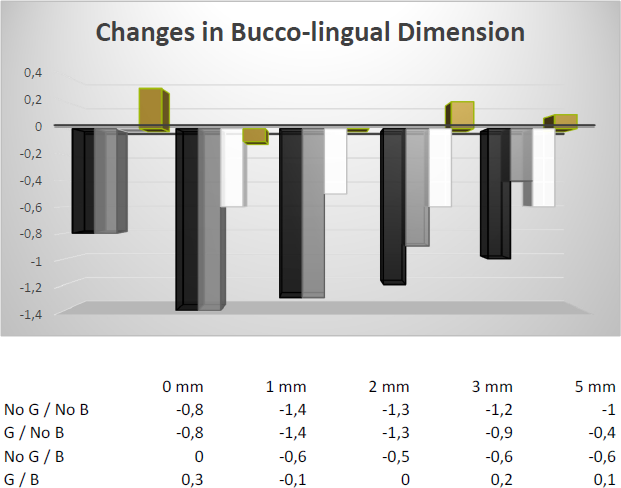
Further selected studies on this topic and on others you will find here
* Implant Stability Quotient: ISQ







